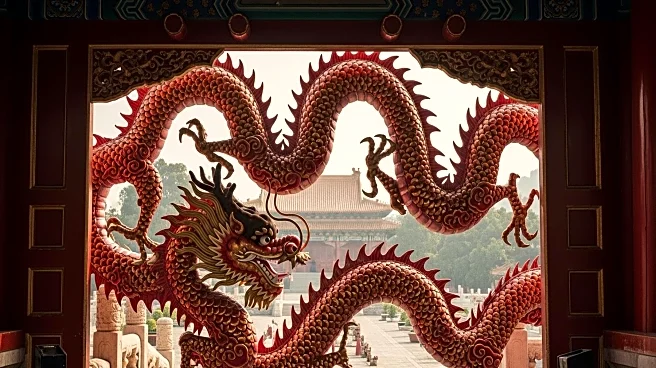What is the story about?
The Forbidden City, a monumental palace complex in Beijing, China, has a rich history that spans over five centuries. From its construction in the early 15th century to its transformation into a museum, the timeline of the Forbidden City is a fascinating journey through Chinese imperial history.
Origins
The construction of the Forbidden City began in 1406 under the orders of the Yongle Emperor of the Ming dynasty. Completed in 1420, it was designed to be the imperial residence and the political center of China. The site was chosen for its strategic location in the heart of Beijing, symbolizing the emperor's central role in governance.Key Phases
Throughout its history, the Forbidden City underwent several key phases. It served as the seat of the Ming dynasty until 1644, when it was captured by rebel forces. The Qing dynasty then took over, ruling from the palace until the fall of the empire in 1912. Each dynasty left its mark on the architecture and cultural heritage of the complex.Turning Points
One of the most significant turning points in the history of the Forbidden City was the transition from imperial residence to museum in 1925. This shift marked the end of its role as a political center and the beginning of its preservation as a cultural and historical site. The declaration of the Forbidden City as a World Heritage Site in 1987 further solidified its importance.Present Status in Source
Today, the Forbidden City is managed by the Palace Museum, attracting millions of visitors each year. It remains a vital part of China's cultural heritage, offering insights into the country's imperial past. The museum's extensive collection and ongoing preservation efforts ensure that the legacy of the Forbidden City continues to be celebrated and studied.AI Generated Content
Do you find this article useful?

















